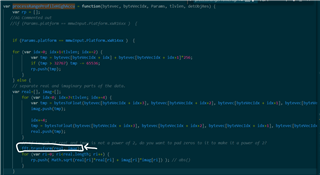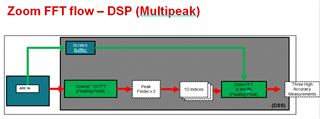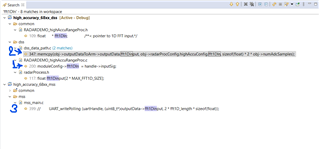Hi Team,
I am working with IWR6843ISK and flashed the sensor with high_accuracy_demo.bin from C:\ti\mmwave_industrial_toolbox_4_10_1\labs\Level_Sensing\prebuilt_binaries. I am able to see the data on "high accuracy demo visualizer 2.0" and also on the coolTerm. Here is a snippet of the data:
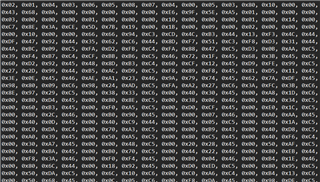
I want to separate and plot the FFT 1D data. I have followed the "high_accuracy_demo_package_structure.pdf" for understanding the structure. It says that:
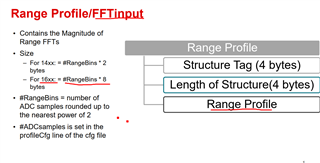
I have two queries here:
1. The structure is given for 16xx and 14xx mmWave Sensors. Would it be same for IWR68xx?
2. If yes, how should I process the bytes to get Range FFT plot as seen in the demo visualizer (after following the structure in the above file)?
Thanks,
Kamlesh


